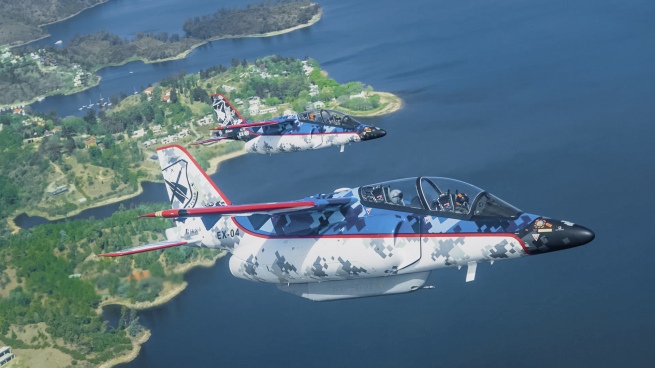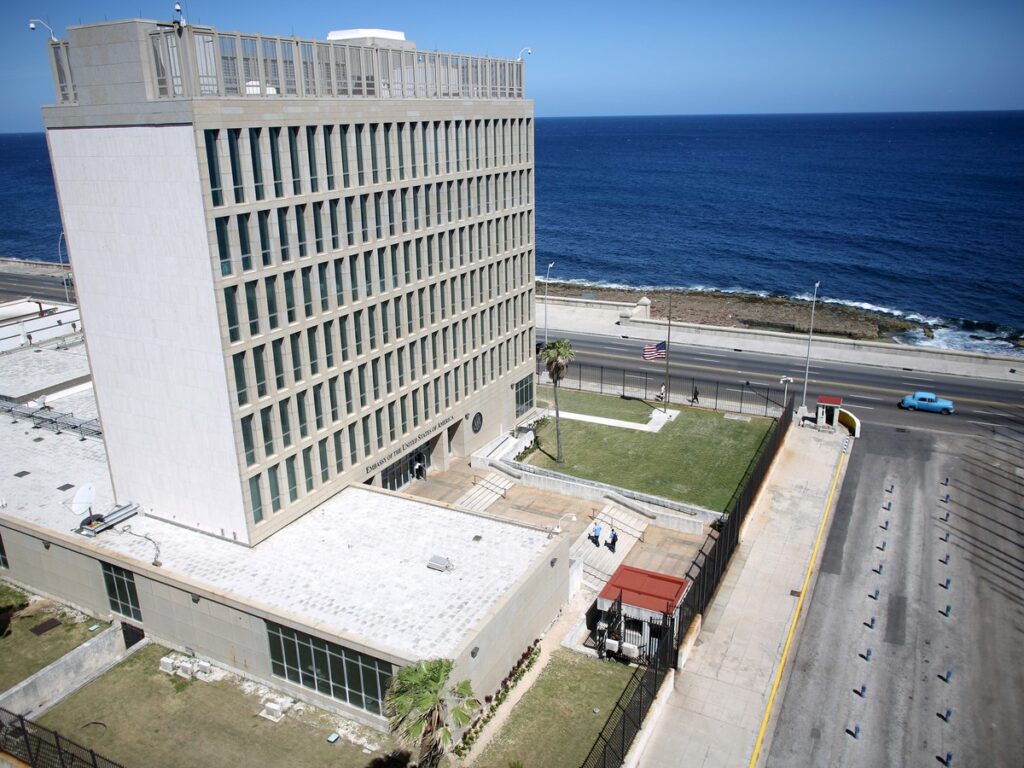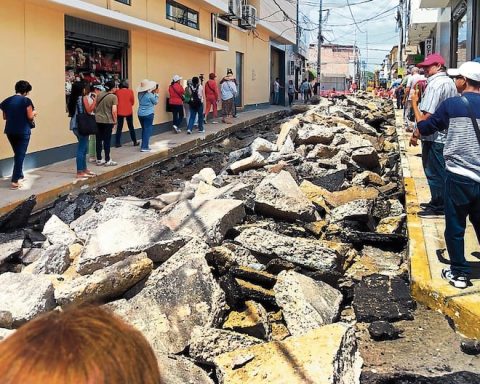Air Force authorities from various countries in the region showed interest in the IA 60 “Pampa III” advanced training aircraft developed and built by the Argentine Aircraft Factory (FAdeA), whose latest version acquires tactical capabilities and the possibility of training pilots in virtualized combats through their electronic systems.
The “Pampa” was designed in cooperation with a German company 4 decades ago and today it is still produced for the Argentine Air Force (FAA) at the Argentine Aircraft Factory (FAdeA).
In these almost 40 years some of the manufacturers of the original components disappeared, several of the systems and technologies with which it was conceived became obsolete and this made it necessary to develop a network of national technological SMEs that could produce those components or updated versions of the same.

The process of replacing obsolete and imported components and systems of the advanced training aircraft IA-63 “Pampa” strengthened the growth of a network of technological SMEs, whose development consolidates the future of an aircraft whose first flight was in 1984.
The vice president of the board of directors and general manager of FAdeA, Franco Giuggioloni, stated in a dialogue with Télam: “Since we took over the management of the factory we have already been able to certify four new elements in the ‘Pampa’, the oxygen supply system that was already developing, the fatigue gauge made by Veng, and fuel measurement systems made by Redimec; these are all parts that we stopped importing and that become the responsibility of suppliers that we know will be able to respond to our demand when necessary”.
“Another important point is that we were able to certify the pod for a 20-millimeter cannon and the pylons for bombs that we developed locally; the Argentine Air Force has very few sets of pylons in relation to the number of ‘Pampas’ and being able to make them in the country it is going to make it easier for all the planes that leave the factory to come equipped and also to build kits for those who still do not have them; to show that in addition to the plane we also have the local development of the pylons and the cannon pod is another factor that makes it more attractive in the international market,” he added.
Giuggioloni estimated that “by the end of the year we could have the first set of nationally manufactured pylons that will contain components developed by some of the technology-based SMEs that are part of the Argentine Chamber of Aeronautics and Space Production for Defense (CArAE); We also want to move forward with them in the replacement of connectors and electrical boxes, among other parts”.
The official stressed that “participating in an international fair of these characteristics with two planes that make flight demonstrations every day is a huge differential; their presence has had a concrete impact and produced inquiries with great interest from potential clients that perhaps we did not have in mind. the most immediate radar; this Wednesday, on the second day of the fair, we received the highest authorities of the Chilean and Brazilian air forces, who, although they had not been near the Pampa before, on this occasion, showed great interest”.
In this sense, he considered that “the ‘Pampa’ is an airplane that, depending on the configuration chosen by the client, can be between 13 and 15 million dollars and that its operation can cost between 2,500 and 3,000 dollars; compared to aircraft with similar features, it is one of the most economical and fits exactly the needs of the air forces of the region because it is also a product in permanent technological evolution, to which is added that as suppliers we have been demonstrating that we are solving the logistical challenges that can arise”.

During the pandemic FAdeA presented the “Pampa III” to the Uruguayan Air Force and established contacts with those of Peru, Mexico and Paraguay with which it seeks to outline concrete proposals, in addition there was dialogue with the military authorities of Bolivia, Ethiopia and Nigeria.
The Pampa III Block II is the most recent modernization of the IA-63 Pampa advanced trainer, whose design began in 1979 and its original prototype flew in 1984; and that after the re-statization of the factory in 2009 it received an update called “Pampa II” in which its original engine was replaced by one with higher performance.
This new technological update incorporates three liquid crystal displays that allow pilots a better visualization of all flight and mission data; an electronic system to simulate different combat situations; and it also integrates new equipment that allows all aircraft in the fleet to communicate with each other and with command centers on the ground to share information in real time.

The IA-63 Pampa is an advanced training aircraft that began to be designed in the late seventies at the then Military Aircraft Factory (FMA) with the collaboration of the German company Dornier, and many of its original suppliers discontinued the components with which the aircraft was originally equipped.
After the period in which the factory was privatized in the hands of the North American Lockheed Martin, the plant was re-nationalized in 2009 as the Argentine Aircraft Factory (Fadea) with the relaunch of the Pampa as one of its main initiatives.
This motivated the re-linking with the original suppliers and, above all, the encouragement of dozens of national technology-based SMEs to complete the logistics network of Pampa III and guarantee the sustainability of the maintenance line.
In the Argentine pavilion of the 2022 edition of Fidae, Invap, MBA, DTA, Redimec, FixView and Aero Transport Engineering Consulting SA also participate.

This Thursday the Minister of Defense, Jorge Taiana, will visit the international fair that takes place in Chile to participate in the presentation of the IA 100B “Malvina” basic training aircraft developed by FAdeA.

















